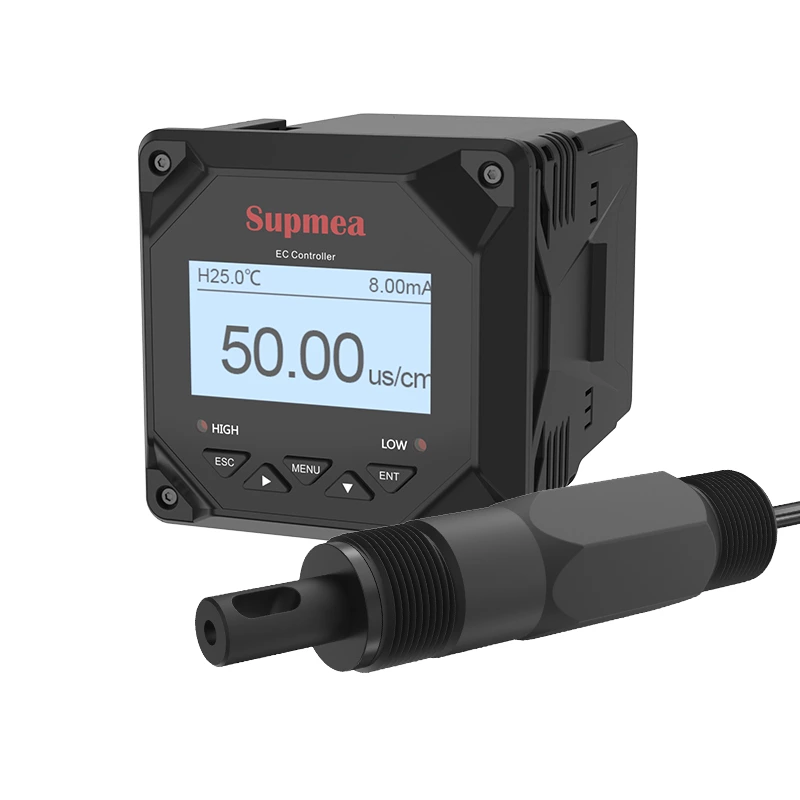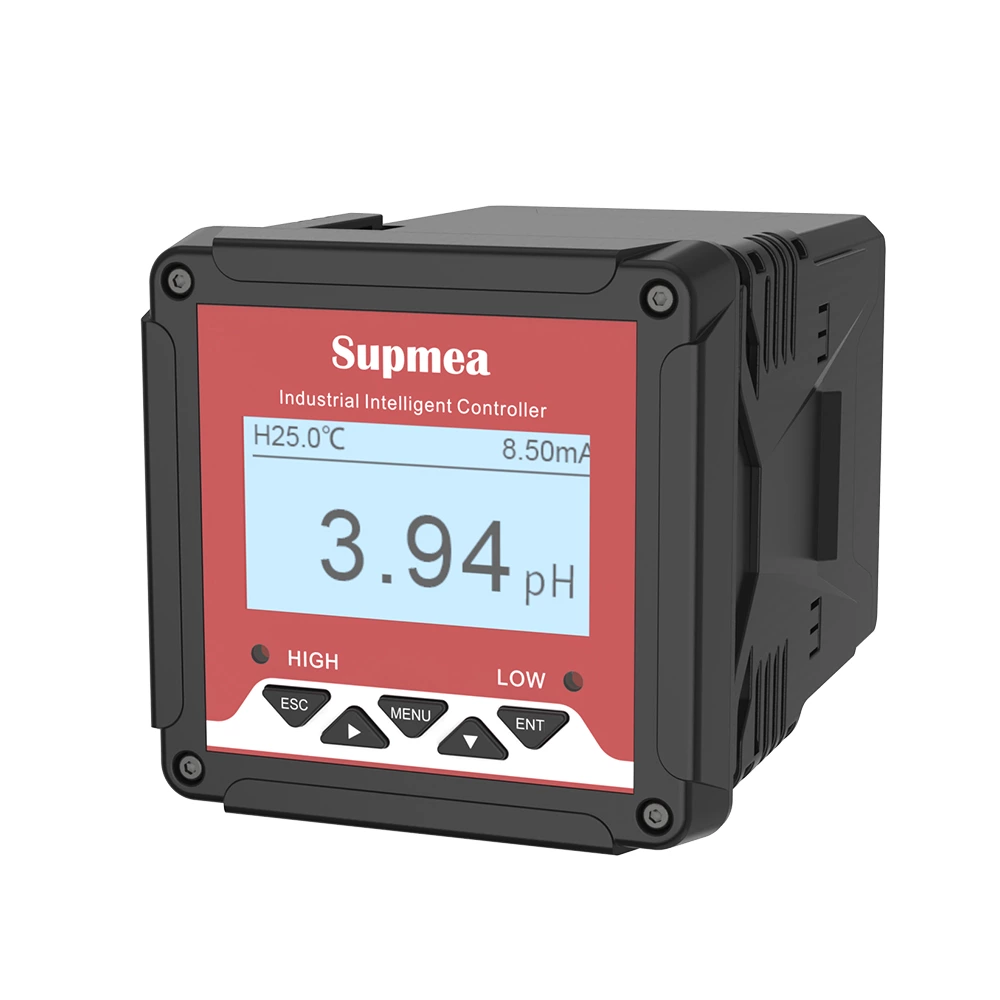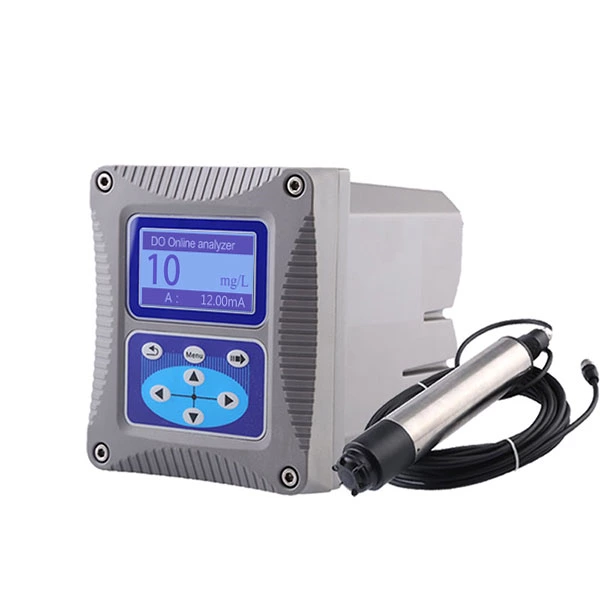Enhancing Water Quality Analysis: Process Optimization and Control with Advanced Analyzers and Sensors
What is Water Quality Analysis?
Water Quality Analysis is a critical process that involves the use of various tools and techniques to measure and monitor the quality of water. Water quality analyzers are used to perform this task, and they help in the process optimization and control of water treatment systems. These analyzers come equipped with numerous sensors and meters that measure different parameters, such as pH, ORP, conductivity, dissolved oxygen, chlorine, salinity, ozone, and corrosion rate, among others.
Water quality analyzers equipped with pH sensors and meters, ORP sensors and meters, conductivity sensors and meters, dissolved oxygen meters, chlorine meters, salinity meters, ozone meters, and corrosion rate sensors and meters are essential in this process. These tools help in the process optimization and control of water treatment systems, ensuring that water is safe for various uses.
The Significance of Water Quality Analysis
Maintaining high water quality is essential for safeguarding public health and the environment. Poor water quality can lead to various issues, including the spread of waterborne diseases, ecological imbalances, and contamination of food sources. Water quality analysis helps identify potential contaminants, assess the effectiveness of water treatment processes, and ensure compliance with regulatory standards. By monitoring and analyzing water quality parameters, stakeholders can make informed decisions to protect water resources and optimize water management practices.
Challenges in Water Quality Analysis
Conventional methods of water quality analysis have several limitations. They often involve the manual sample collection and laboratory testing, which are time-consuming and may not provide real-time data. Additionally, the infrequency of sampling can result in missed fluctuations or contaminant events. Furthermore, the complexity of analyzing multiple parameters simultaneously can be challenging. To address these challenges, process optimization and control through advanced analyzers and sensors have become imperative.
Process Optimization and Control
Process optimization and control involve leveraging advanced analyzers and sensors—including those from Supmea—to monitor water quality parameters in real-time, enabling proactive decision-making and prompt corrective actions. Here are some key aspects of process optimization and control:
Real-time Monitoring
Advanced analyzers and sensors provide continuous and real-time monitoring of water quality parameters. These instruments can be installed at various points within a water system to capture data at regular intervals. Real-time monitoring ensures timely detection of fluctuations and abnormalities, allowing for immediate response to potential issues.
Rapid Detection and Analysis
With advanced analyzers and sensors, the detection and analysis of contaminants in water can be performed rapidly. These technologies utilize sophisticated algorithms and detection mechanisms to identify and quantify various substances, such as dissolved metals, organic compounds, and microorganisms. Rapid detection helps in early identification of contamination events and enables swift remedial actions.
Data Integration and Automation
Process optimization involves integrating data from various analyzers and sensors into a centralized system. This enables data fusion and analysis, generating comprehensive insights into water quality trends, patterns, and anomalies. Automation of data collection, analysis, and reporting reduces manual efforts and ensures accuracy and consistency in the results.

Advanced Analyzers and Sensors
Advanced analyzers and sensors are designed to measure specific water quality parameters accurately and reliably. These instruments utilize advanced technologies to provide precise and real-time data. Here are some commonly used analyzers and sensors in water quality analysis:
pH Sensors
pH sensors measure the acidity or alkalinity of water. They help in determining the balance of hydrogen ions in a solution, which is crucial for assessing water quality. pH sensors are widely used in various applications, including drinking water treatment, aquaculture, and industrial processes.
Dissolved Oxygen Analyzers
Dissolved oxygen analyzers measure the amount of oxygen dissolved in water. Dissolved oxygen is vital for aquatic organisms and plays a significant role in determining water quality. These analyzers are used in wastewater treatment plants, fisheries, and environmental monitoring.
Turbidity Meters
Turbidity meters measure the clarity of water by quantifying the suspended particles present in it. High turbidity levels can indicate sedimentation, pollution, or excessive algal growth. Turbidity meters are employed in drinking water treatment, environmental research, and sediment control.
Conductivity Sensors
Conductivity sensors (EC sensors and meters) measure the ability of water to conduct an electrical current. They provide insights into the presence of dissolved salts, minerals, and other substances that affect water quality. Conductivity sensors are utilized in various applications, including agriculture, hydroponics, and industrial processes.
Chemical and Biological Sensors
Chemical and biological sensors are designed to detect specific chemicals or microorganisms in water. These sensors utilize advanced techniques such as spectroscopy, electrochemical analysis, and DNA-based assays to identify contaminants. Chemical and biological sensors are used in water treatment plants, environmental monitoring, and research laboratories.
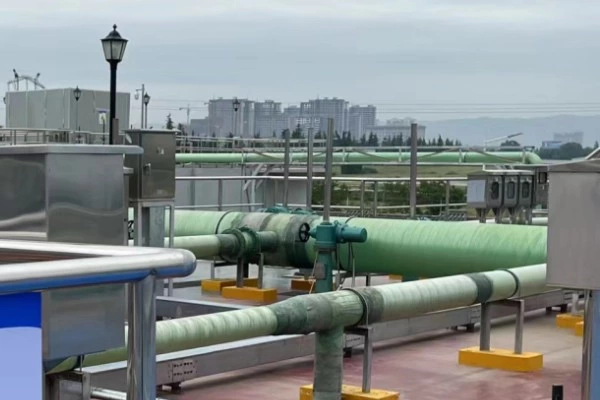
Benefits of Advanced Analyzers and Sensors
The utilization of advanced analyzers and sensors in water quality analysis offers numerous benefits. Here are some advantages of adopting these technologies:
Accurate and Reliable Measurements
Advanced analyzers and sensors provide highly accurate and reliable measurements of water quality parameters. This ensures the precision needed for decision-making processes and regulatory compliance.
Early Warning Systems
Real-time monitoring and rapid detection capabilities of advanced analyzers and sensors enable the development of early warning systems. These systems can alert stakeholders about potential contaminant events or deviations from desired water quality standards, allowing for timely intervention.
Real-time Data Visualization
The data generated by advanced analyzers and sensors can be visualized in real-time through intuitive dashboards and graphical representations. This enables stakeholders to quickly interpret complex data and identify trends, facilitating informed decision-making.
Improved Process Efficiency
By continuously monitoring water quality parameters, advanced analyzers and sensors help optimize water treatment processes. Any deviations or inefficiencies can be promptly addressed, leading to improved process efficiency and reduced operational costs.
Compliance with Regulatory Standards
Water quality regulations and standards are becoming more stringent to protect public health and the environment. By utilizing advanced analyzers and sensors, organizations can ensure compliance with these regulations and avoid penalties or reputational damage.
Implementing Advanced Analyzers and Sensors
The successful implementation of advanced analyzers and sensors requires careful consideration of several factors. Here are some essential steps to follow:
Assessing Water Quality Needs
Before implementing advanced analyzers and sensors, it is crucial to assess the specific water quality needs and objectives. This involves identifying the parameters to monitor, understanding the desired level of accuracy, and evaluating the existing water management processes.
Choosing the Right Analyzers and Sensors
Selecting the appropriate analyzers and sensors depends on the identified water quality needs. Factors such as the required measurement range, sensitivity, compatibility with the water system, and maintenance requirements should be considered. Consulting with experts and conducting pilot studies can aid in making informed decisions.
Installation and Calibration
Proper installation and calibration of advanced analyzers and sensors are essential for accurate measurements. Following manufacturer guidelines, ensuring correct sensor placement, and performing regular calibration and maintenance activities are crucial to obtain reliable data.
Integration with Existing Systems
Integrating advanced analyzers and sensors with existing water management systems enhances data collection, analysis, and reporting capabilities. This integration allows for a holistic view of water quality and seamless integration with process control systems.
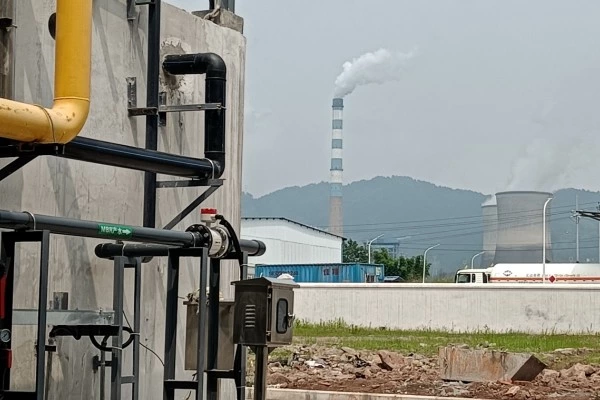
Conclusion
Enhancing water quality analysis through process optimization and control with advanced analyzers and sensors is crucial in addressing the challenges of traditional methods. These technologies offer real-time monitoring, rapid detection, and improved process efficiency, ensuring accurate assessment of water quality parameters. By implementing advanced analyzers and sensors, stakeholders can proactively protect water resources, comply with regulations, and make informed decisions for sustainable water management.
FAQs
Q1: How do advanced analyzers and sensors improve water quality analysis?
Advanced analyzers and sensors provide real-time monitoring, rapid detection, and accurate measurements of water quality parameters, enabling proactive decision-making and prompt corrective actions.
Q2: Can these technologies detect contaminants in real-time?
Yes, advanced analyzers and sensors can detect contaminants in real-time, allowing for immediate response to potential issues and the development of early warning systems.
Q3: What factors should be considered when implementing advanced analyzers and sensors?
Key factors to consider when implementing advanced analyzers and sensors include assessing water quality needs, selecting the right instruments, ensuring proper installation and calibration, and integrating them with existing water management systems.
Q4: Are advanced analyzers and sensors cost-effective?
While the initial investment for advanced analyzers and sensors may vary, they offer long-term cost savings by improving process efficiency, reducing operational costs, and avoiding penalties associated with non-compliance.

